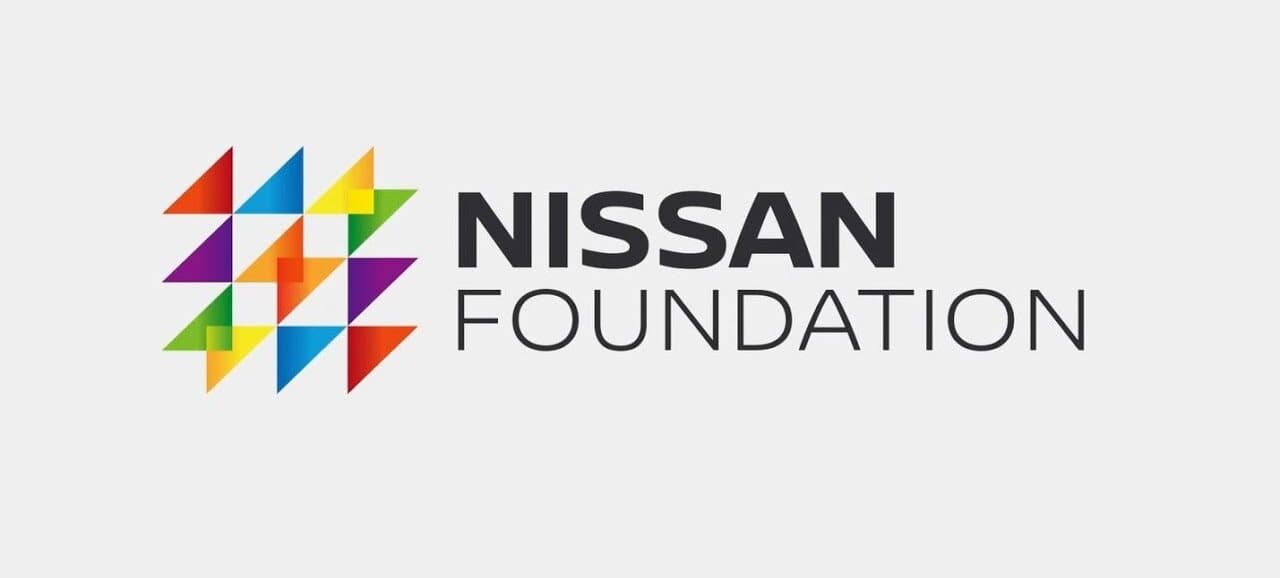Water’s True Cost | Rising Water Costs Hit Home for Southeast Michigan Residents
May 19, 2022
When you look around Michigan, from the Great Lakes to smaller lakes, streams and rivers, water is everywhere, yet it’s getting more expensive for households across the state. Between aging infrastructure, maintenance and replacement costs, many Michigan households are hard-pressed to keep pace with the increasing cost of water.
The issue is a relatively new one, too. According to a report from the University of Michigan published last year, between 1980 and 2018, the average cost of water across the state of Michigan nearly doubled, when adjusted for inflation. In some cities, the increase was even larger, and low-income households were hit the hardest.
RELATED: Great Lakes Now | High Cost of Water Hits Home
Ahead of Great Lakes Now’s special episode, “Water’s True Cost” at 7:30p ET May 25, One Detroit follows Circle of Blue journalist Brett Walton as he talks with Oakland County Water Resource Commissioner Jim Nash and Megan Wilk, of Wayne Metro Community Action Agency, about how the cost of water has changed for residents in Southeast Michigan.
Full Transcript:
Anna Sysling, Producer, Great Lakes Now: When you look around the Great Lakes, it seems water is everywhere. But for many households in the region, water is getting more expensive and less affordable. Brett Walton, a reporter for Circle of Blue, has done extensive reporting on water affordability in southeast Michigan.
Brett Walton, Reporter, Circle of Blue: Water affordability wasn’t a big issue until about two decades ago, and that’s because for the longest time, water was relatively cheap. But in the last couple of decades, we’ve seen the price of water going up faster than almost any household good.
Anna Sysling: Over the past four decades, the cost of telephone service, natural gas and electricity have all gone up, and so has the Consumer Price Index. But the rise in water prices outpaces them all.
Brett Walton: Comparatively, it’s still cheaper than electricity or some other things, but it’s going up faster than others. And that’s because the infrastructure we put into the ground fifty hundred years ago is aging out. It’s gotten to the point where it’s at the end of its life and needs to be replaced, and that is expensive infrastructure.
Anna Sysling: A report from the University of Michigan published last year found that between 1980 and 2018, average water prices across the state of Michigan nearly doubled when adjusted for inflation. In some cities, the increase was even larger. Low-income households were hit the hardest. Oakland County is one of the wealthiest counties in Michigan, but many county residents struggle to pay their water bills. Jim Nash is Oakland County’s water resources commissioner.
Jim Nash, Water Resources Commissioner, Oakland County: Royal Oak Township is probably our poorest community in the county and it actually has some of the highest water bills. Theirs is over $100 a month on average. So there is significant issues in that community.
Anna Sysling: Nash estimates that about 55% of households in Royal Oak Township spend more than 4% of their income on water and sewer services.
Jim Nash: Water is unaffordable to them. Pontiac, it’s about 35%.
Anna Sysling: Oakland County is working on a state-funded water affordability plan for both Pontiac and Royal Oak Township. They’re hoping it will become a blueprint that other communities can adapt to their own systems. The plan has two parts one, to assist those who find the average bill to be a financial burden, and the second, to help those in emergency situations like job loss or unexpected medical expenses.
Jim Nash: When it comes to people who have just chronic inability to pay, what we want to do is have kind of a graded billing system where if the very poorest folks half the poverty rate would only pay like 30 or $35 a month. In Pontiac, it’s about $85 a month or 80. $85 is the average bill. So this would dramatically lower that bill.
Jim Nash: Fifty to 100% of poverty would be maybe $45 a month. And we’re developing this. So we’re not fixed yet, but that’s the kind of thing we’re doing. We want to have levels of service for folks who have real significant issues paying.
Anna Sysling: The county’s plan will also address people whose water bill jumps unexpectedly because of a leak or an undetected plumbing issue.
Jim Nash: The next bill is $1,000 instead of 80. We want to be able to come in, and once they’ve shown that they fix the leak, then we can maybe give them credit for that water. Right now, we only give them we give it the wholesale cost of the water. So they save some but not a whole bunch. So we’re trying to set up a system. We can do that.
Jim Nash: And then people who have issues, you know, who have medical or health issues or, you know, car accidents find a way of of local assistance that, you know, the local community can help with, that, you know, of the community foundation, things like that. So we can where we want to work with those folks.
Anna Sysling: Outdated plumbing is a real issue. Something as simple as a dripping hose spigot or a toilet that won’t stop running can lead to shockingly high bills. Water affordability is an even bigger problem. Just south of Oakland County, in Wayne County, the most populated county in Michigan, which includes the city of Detroit. Megan Wilk is with the Wayne Metropolitan Community Action Agency.
Megan Wilk, Dept. Director, Wayne Metropolitan Community Action Agency: A lot of times the residents that come in have just really large bills from a small leak or something existing with their plumbing. Maybe they’re in an old home and the plumbing is just deteriorating and they don’t have the money to make the fixes. So the bill just continues to get higher each month. They get late fees tacked on to that.
Anna Sysling: Megan showed us a bill from one of her clients. The total due was staggering close to $15,000.
Megan Wilk: Looking at the bill rate now, the usage is very low. It’s below average for a single person living in the home. So tells me right now they probably don’t have any leaks, but at one point there was probably a leak or something big structurally that was going on to make the bill go up this high.
Megan Wilk: This is just something that you’re not really going to recover from. Like you’re stuck with this bill, you know, for years and paying your current charges. If you’re already struggling to pay your current charges for the month and then you have this past due balance of $15,000 that you have to take care of, even enrolling in a payment plan arrangement, it’s still going to be unaffordable for you.
Brett Walton: Water is unaffordable and people don’t pay their bill. Missed their payment. The worst-case scenario is that your water gets shut off. And that happens all too frequently in cities. Not everyone shuts water off for nonpayment, but most do. In order to compel residents to pay for service.
Brett Walton: So when your water is unaffordable, you get things like in Detroit, you know, in 2011 or 2020 where there were massive water shutoffs, tens of thousands of people losing access to water and then spiraling into community problems, health problems, social problems, the potential for children to be taken away to CPS. So it is a very real, very severe community crisis.
Anna Sysling: To address health concerns. During the pandemic, the U.S. government created the Low Income Households Water Assistance Program and appropriated $1.1 billion to fund it. Michigan’s share was $36.2 million dollars, but it’s estimated that Michigan households owe around $252 million in unpaid water bills. So the federal money is just a drop in the bucket, according to Commissioner Nash. There will be no long-term solution to the problem of water affordability without greater state and federal assistance.
Jim Nash: We want to have local water systems do as much as they can, but the state and federal should be helping us do that because they’re the ones that should be guaranteeing the rights of Americans. And that’s how I see that and what we do. That’s why we’re pushing legislation in Lansing to have them set up a program for helping local communities do this.
Jim Nash: And I think that’s going to be our long-term answer, is getting this recognized as a human right and the state and federal governments involved in guaranteeing those rights, that’s the most important thing we can do. We can’t just put all the burden on the local ratepayers. It just can’t work in the long term. It’s not sustainable.
Stay Connected:
Subscribe to One Detroit’s YouTube Channel & Don’t miss One Detroit Mondays and Thursdays at 7:30 p.m. on Detroit PBS, WTVS-Channel 56.
Catch the daily conversations on our website, Facebook, Twitter @DPTVOneDetroit, and Instagram @One.Detroit
View Past Episodes >
Watch One Detroit every Monday and Thursday at 7:30 p.m. ET on Detroit Public TV on Detroit Public TV, WTVS-Channel 56.
Stay Connected
Subscribe to One Detroit’s YouTube Channel and don’t miss One Detroit on Thursdays at 7:30 p.m. and Sundays at 9 a.m. on Detroit PBS, WTVS-Channel 56.
Catch the daily conversations on our website, Facebook, Twitter @OneDetroit_PBS, and Instagram @One.Detroit
Related Posts
Leave a Reply
Your email address will not be published. Required fields are marked*



























